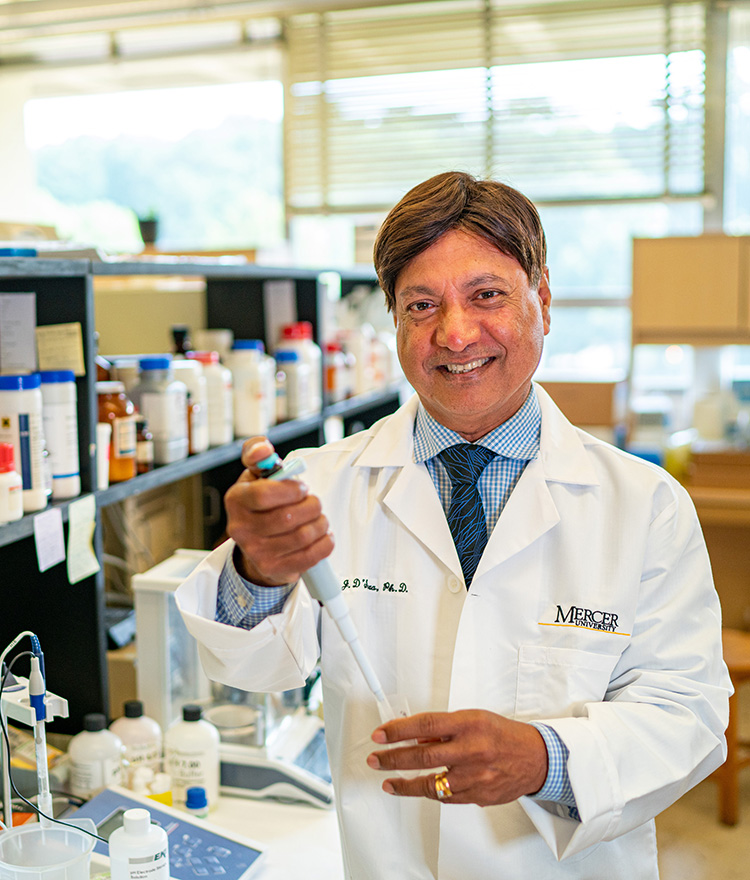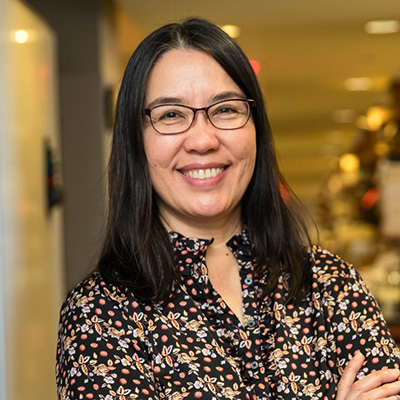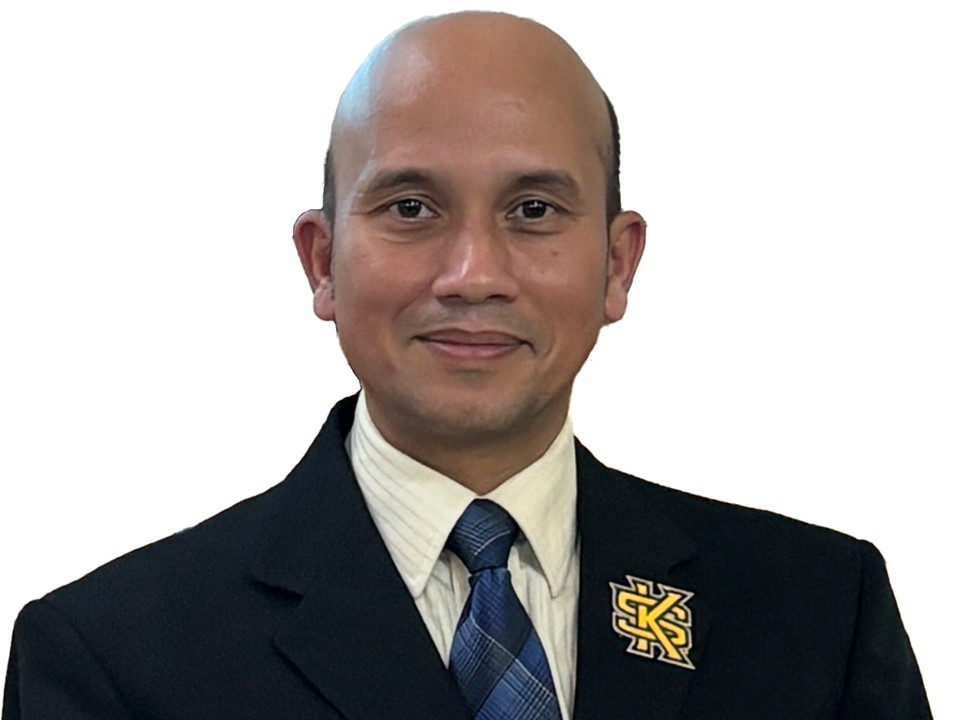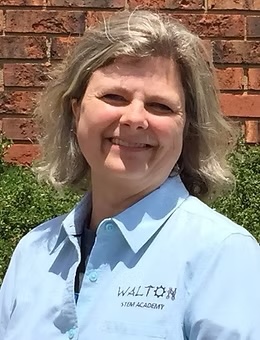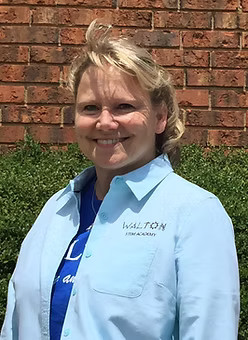AuNP Anticancer Applications
Georgia Science Fair 2025

Project Summary
As the prevalence of cancer continues to rise, there is an increasing need to develop targeted treatments that minimize the side effects associated with conventional therapies. Gold nanoparticles (AuNPs) offer a promising avenue for cancer treatment due to their highly adaptable surface coatings, which can be tailored to selectively target specific cell types.
This study aimed to evaluate the efficacy of various AuNP surface coatings in anticancer applications. The nanoparticles were synthesized in a boiling aqueous system, and their concentration was determined via spectrophotometry. A culture of mouse lymphocyte tumor cells was grown, and the cytotoxicity of each nanoparticle formulation was assessed using an MTT assay. The tested coatings included tryptophan, oleate, citrate, glucose, and curry leaf compounds.
The results indicated that tryptophan and oleate-coated nanoparticles were significantly more effective in inducing cancer cell death. In contrast, glucose-coated nanoparticles performed worse than expected, while curry leaf-based nanoparticles exhibited minimal toxicity. These findings suggest that the effectiveness of AuNPs is primarily influenced by two factors: the bond strength between coating molecules and gold atoms, and the rate of uptake of the coating molecules by cancer cells. Molecular dynamics simulations confirmed the relationship between bond strength and effectiveness, paving the way for lower-cost future studies.
Overall, this study highlights the potential for utilizing common biomolecules, in conjunction with specific ligands, to engineer specialized gold nanoparticles for targeted cancer treatment. This approach could reduce side effects and enhance patient recovery by providing a more precise and safer option.
Project Board / Links
Awards
GSEF 2025 (State)
- 1st Honors
- Best in Category (Materials Science)
Cobb-Paulding Science Fair 2025 (Regional)
- 1st Honors
Acknowledgments
Thanks to Dr. D'Souza and all the PhD students in the lab who guided me through this project! I am grateful for their training, input, facilities, equipment, and graciousness in helping and providing supplies. This project would not have been possible without the help of Dr. D'Souza and his lab.
Thanks to Dr. Giver for her guidance and cell cultures throughout the project. I am extremely thankful that she went out of her way to provide me with cell cultures for my work - I could not have done my research without her.
Thanks to Dr. Baruah for his help with gold nanoparticle synthesis. I am deeply appreciative of the time he spent in sending me resources and materials for my nanoparticle work.
Thanks to Mrs. Hendricks for always being there to support, encourage, and enable my research! From day one, she has always gone the extra mile for me and taken her time to support me. I am also thankful to the Walton STEM Biomedical Academy faculty for allowing me to work in their labs and use their equipment.
Thanks to Dr. Link for all her support in my project. She let me come into her room every day, during her lunch break, and taught me how to use the variety of equipment that I needed. She was always there to review my work and provide observations and critiques.
